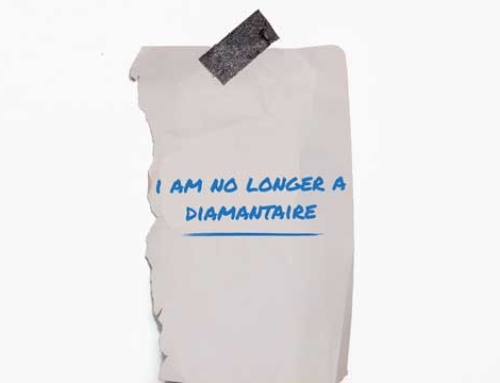image: First Lady of Botswana – Idexonline
Neo Jane Masisi, First Lady of the Republic of Botswana, opened Forevermark’s annual breakfast at JCK Luxury, highlighting the important role that diamonds have played in the history of her life and that of her country, alongside the jeweller Forevermark and its manufacturing partners.
“It is thanks to the immutable desire of the diamond dream and its income, which Botswana was then able to use for its development, that I am here today. Millions more Batswana have, like me, had the opportunity to develop their talents and increase their interests through the opportunities provided by diamonds. We are a society that has thrived on diamonds. The situation was handled with caution,” explained the first lady.
After the First Lady’s speech, Charles Stanley, Forevermark’s American President, unveiled the brand’s marketing campaign, “I Take You, Until Forever“, for its new collection of engagement and engagement items. The campaign addresses the beauty and reality of a couple’s mutual vows and offers a more modern view of love and relationships. To develop the collection and its campaign, Forevermark conducted extensive research on consumer design preferences for bridal and current attitudes related to the role a diamond plays in a couple’s journey to their eternal relationship.
The contribution of diamonds to the development of Botswana
Botswana, previously a British Protectorate, secured full independence from Britain in 1966. As it was poor and undeveloped, there was some skepticism about its prospects as an independent nation. The second president, His Excellency Sir Ketumile Masire, was fond of saying,“When we asked for independence, people thought we were either very brave or very foolish.”
Economic possibilities were minimal as the people were rural and agrarian, raising cattle in a climate prone to drought and disease. An abattoir for beef exports that opened in Lobatse in the 1950s was the only formal industry in the country. A drought in the 1960s had destroyed one third of the national cattle herd and many workers had left Botswana to seek waged labour in neighboring South Africa. Income levels were low, even by the standards of other poor African countries. The national infrastructure was virtually non-existent with no energy generation capacity and only 12 kilometres of tarred roads in a country with a land mass larger than that of Spain.
With daunting economic, infrastructural and human capital challenges to overcome, and with no discernible driver for development, Botswana faced an uncertain future.
Prospects changed just one year after independence, when promising deposits of diamonds were discovered. De Beers had secured prospecting rights in Botswana in 1938 and was exploring consistently by 1955. After 10 long and unsuccessful years, De Beers considered withdrawing, when its lead geologist, Dr Gavin Lamont, persuaded his seniors to continue searching for one more season. The team had instructions that, if diamonds were not found by the end of winter 1966, exploration would end.
Two months before the deadline, the team found the first kimberlite pipe in the Mochudi area. One year later, diamonds were discovered at Orapa. This marked the start of an exciting period during which all of today’s major mines, Orapa, Letlhakane and Jwaneng, were discovered by De Beers. Jwaneng, a dusty scrubland, was to become the world’s richest diamond mine by value.
Botswana has had 11 general elections since independence and is a stable democracy. It has the best sovereign credit rating on the continent and continues to score well on indices of good governance, political stability and control of corruption. Income levels have surpassed countries that started with much higher rates 50 years ago.







